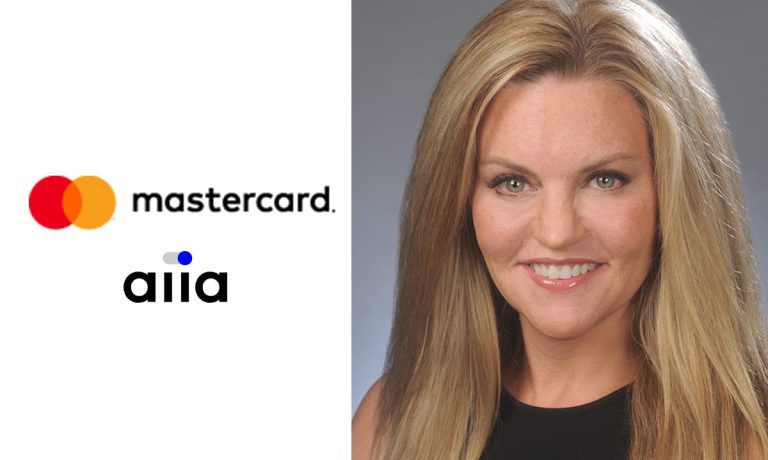Mastercard’s Aiia Acquisition: Connectivity Is Critical for Open Banking’s Innovation

If data exists as the new oil, as they say, of open banking, then the pipes and the plumbing — and even the safety valves — must be in place to make sure the oil gets to where it needs to go.
To help open banking reach its full potential, and to make the leap from a promise into real-world financial services innovation, Mastercard has been busy building the infrastructure that powers open banking.
The announcement this week that it would buy open banking platform Aiia is only the latest variation on that theme, as Jessica Turner, executive vice president of new digital infrastructure and FinTech at Mastercard, told Karen Webster.
See more: Mastercard to Buy Denmark’s Open Banking Tech Firm Aiia
“Before you can get to the use cases, you need connectivity from both a technical perspective and in terms of the cleanliness of data,” she said. “So this deal enables expansion into more use cases.”
Open banking may have been relatively slow to gain steam in Europe, she acknowledged, but said we’re headed for “hockey-stick” growth in the years ahead, especially when it comes to transaction growth. “No one is debating that open banking is here to stay and that it is needed to help the world move forward,” she said. “The question is how fast it will grow and which use cases make the most sense in each market.”
Access, in other words, stimulates innovation. And in terms of low-hanging fruit, with the linkup between Mastercard and Aiia, there’s ample opportunity to transform lending – which in turn improves financial inclusion for the billions of people around the world who are currently unbanked or underbanked, and even for small businesses that need capital to hit the ground running or to grow.
Turner maintained that “we focus on lending because some things are antiquated in that space.” She went on to note that various data points that are traditionally not examined by lenders can be included (via permissioned access) to help lenders make more accurate, informed decisions about a consumer’s creditworthiness.
Payments, Too
Elsewhere, data connectivity also can have positive ripple effects for payments. Mastercard, of course, operates as a multi-rail payment network, and the data overlay (done safely and efficiently) can help determine what Turner said “are the lowest-risk and least expensive – and sometimes fastest – ways to move money in order to solve real-world problems,” across paying bills or monthly subscriptions or sending money overseas.
More like this: After Slow Start, American-Style Open Banking Is Set to Catch and Eclipse European Rivals
You might also like: Mastercard’s Finicity Teams With Green Dot to Advance Data Access
With an eye on the eventual roadmap, Turner told Webster that Mastercard will be able to “marry” Finicity with Aiia to enable global connectivity – beginning with the linking of the U.S. and Europe.
But the age-old question still stands: If you build it, will they come? The pipes may be in place, but getting consumers and companies to permission their data involves – and will always involve – fostering a sense of trust. Trust, of course, is critical when it comes to making consumers and business owners comfortable about sharing the details of their financial lives.
And while Mastercard is focused on the buildout for right now, Turner mused that at some point it will need to brand that connectivity, so that users know Mastercard is powering that permissioned data sharing. Consumers are already used to moving money around with Mastercard – and they know, from firsthand experience, how that money gets from point A to point B.
“A brand seems like a good transition to this idea of owning and using your own data to enable a better life for yourself,” said Turner. “And you want to do that with someone you trust.”

